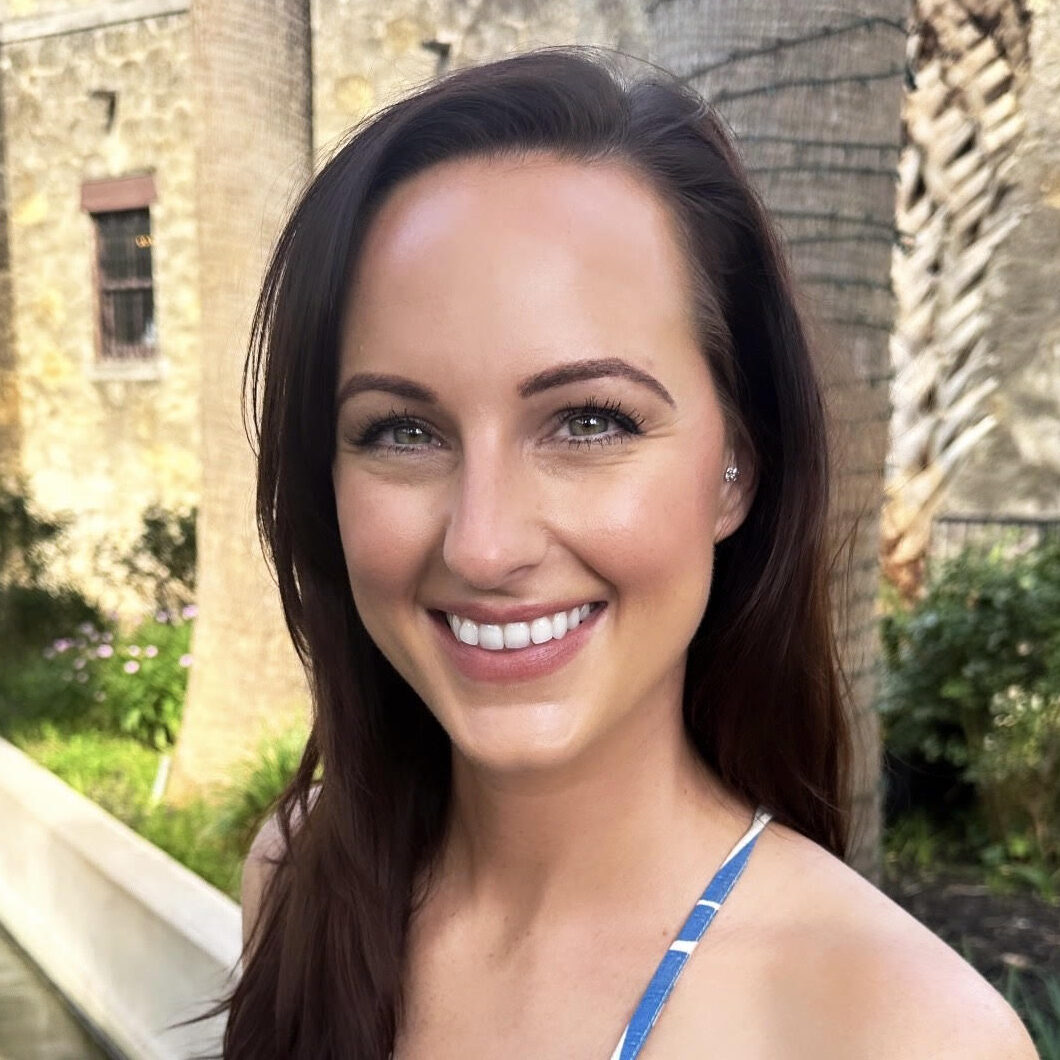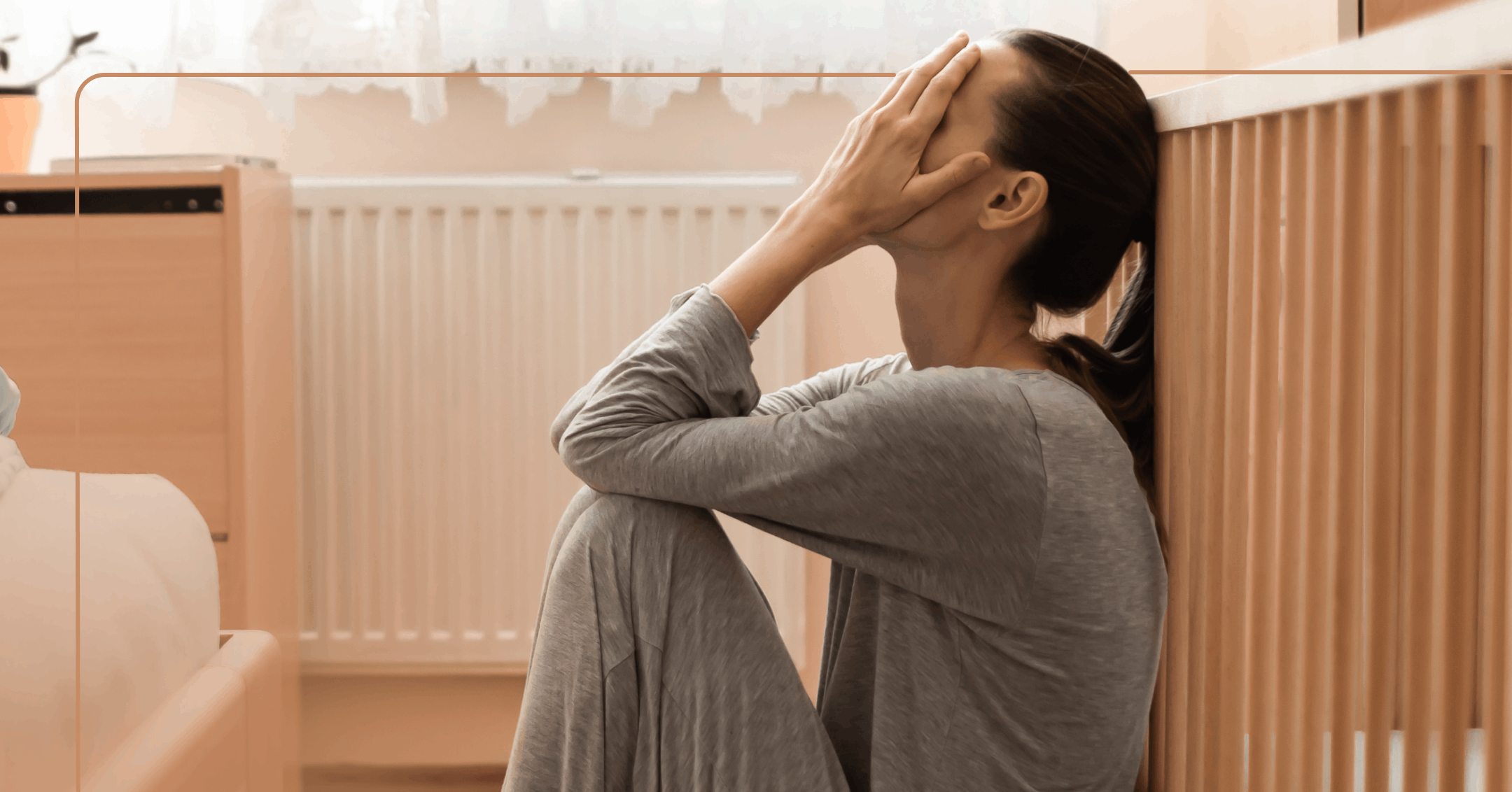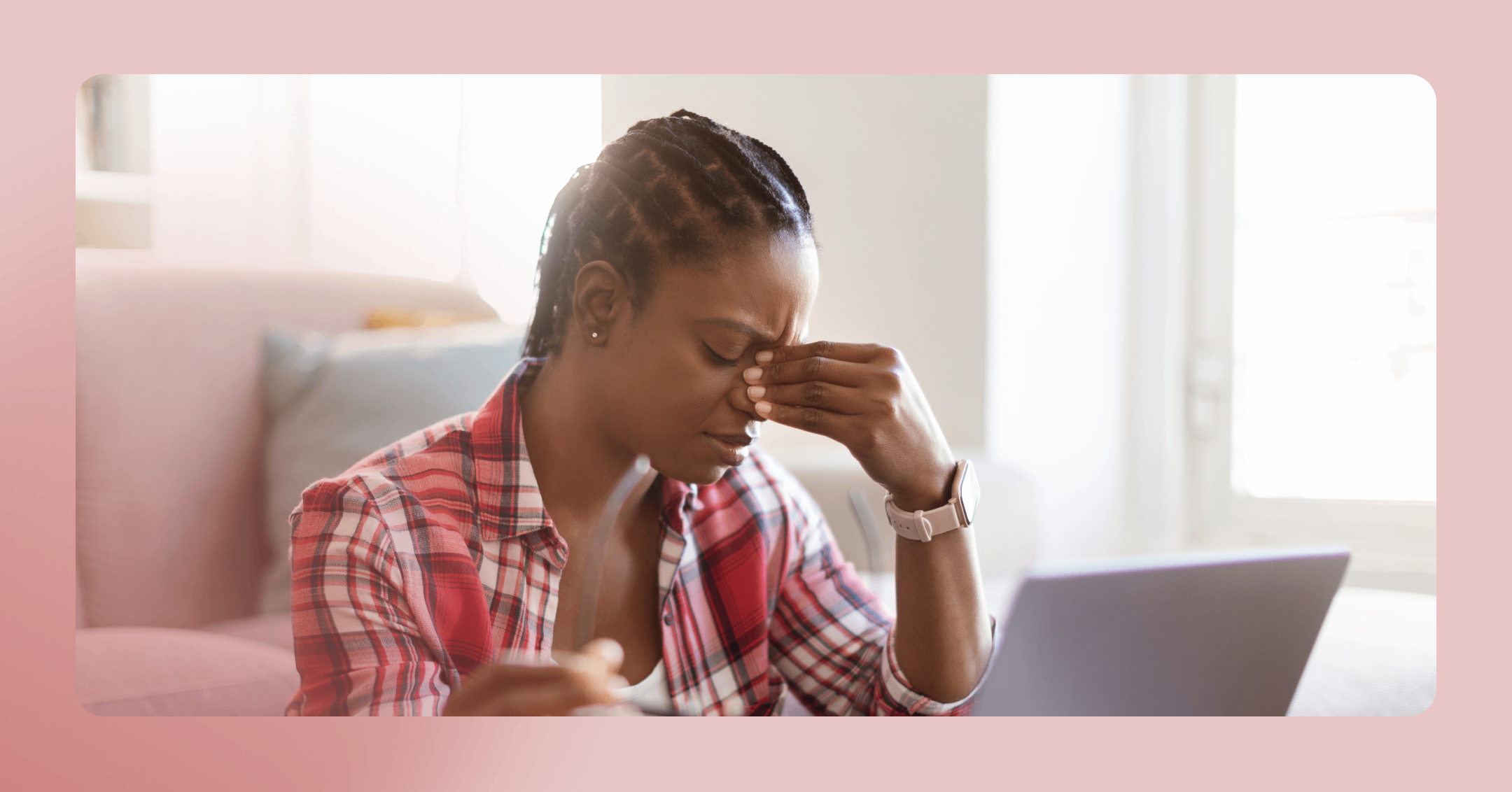A mood disorder is a mental health condition that leads to intense and long-lasting sadness, mood swings, or irritability.
An anxiety disorder is a mental health condition in which someone feels repeated episodes of excessive worry and fear. Common anxiety disorders include generalized anxiety disorder, panic disorder, and social anxiety.
Mood disorders can co-occur with anxiety disorders, and some people experience symptoms of both at the same time. Having either a mood or anxiety disorder can increase the risk of developing both.
Life can be stressful, and it’s normal to feel anxious now and then about work, finances, family, or health. However, if your feelings of fear and unease become persistent, overwhelming, and begin to disrupt your daily life, it may be a sign of an anxiety disorder.
Chronic anxiety can be mentally and physically exhausting and, over time, can heighten the risk of developing a mood disorder, like depression.
Anxiety and mood disorders are among the most common mental health conditions in children and teens and can continue into adulthood. Anxiety disorders affect 1 in 5 adults in the U.S., and women are twice as likely as men to be diagnosed with an anxiety disorder.
Multiple studies have shown an increase in mood and anxiety disorders over the past several decades.
Understanding the differences between anxiety disorders and mood disorders can help you get a correct diagnosis, understand the root cause of your condition, and find the most effective treatment for your needs.
Anxiety disorders vs mood disorders
While anxiety disorders and mood disorders are different mental health conditions, they often share overlapping symptoms. Anxiety disorders are more focused on fear and worry, while mood disorders center around emotions such as depression or mania — an abnormally high mood or energy levels. In some cases, people may be diagnosed with both an anxiety disorder and a mood disorder.
Impact day-to-day functioning, including relationships, work, and quality of life
Be influenced by your family history, brain chemistry, and stressors such as trauma
Persist over long periods of time or recur over a lifetime
There are different types of anxiety disorders, each with their own unique symptoms and triggers. Among the most common anxiety disorders are:
Generalized anxiety disorder (GAD): People with GAD tend to worry even when they don’t have a reason to feel anxious. They can’t control their fears and often experience excessive, persistent, and unrealistic anxiety about everyday activities. To be diagnosed with GAD, you must feel extremely anxious or worried on most days for at least six months.
Panic disorder: Having a panic disorder means experiencing a heightened response to stressful life events. People with panic disorder often have frequent panic attacks, accompanied by overwhelming fear and a sense of losing control, even when no actual danger is present.
Phobias: People with phobias have an irrational fear of objects, people, places, and animals. Some of the most common phobias are acrophobia, a fear of heights; claustrophobia, a fear of closed spaces; and aerophobia, a fear of flying.
Mood disorders are mental health conditions that affect a person’s emotional state, causing persistent and intense feelings of sadness, emptiness, or anger. The feelings can be overwhelming and affect a person’s ability to function in daily life.
Common mood disorders include:
Clinical depression: More than just temporary sadness, depression is a serious mental health condition. Symptoms include fatigue, sleep problems, losing interest in activities once enjoyed, and feelings of worthlessness. To be diagnosed with depression, someone must experience these symptoms for most of the day, nearly every day, for two weeks or more.
Bipolar disorder: There are a few types of bipolar disorder. This mental health condition causes someone to alternate between depressive episodes and manic episodes, making it hard to function in day-to-day life or maintain relationships.
Persistent depressive disorder (PDD): A long-lasting, milder form of chronic depression, PDD’s symptoms are less severe than clinical depression but often last two years or more.
Because anxiety and mood disorders can co-occur, it’s important to meet with a mental health professional sooner rather than later to receive an accurate diagnosis. A misdiagnosis can lead to inappropriate treatment, while a delay in getting care can result in more severe symptoms. Talking with a trained therapist can help you learn the root cause of your anxiety or mood disorder and develop a treatment plan to feel better.
Dig deeper:
The care you need, when you need it
Learn how Rula can support your mental health journey
Why do anxiety and mood disorders occur together?
Some research points to a shared genetic risk between anxiety and depression. If someone in your immediate family has anxiety or depression, you have a higher risk of developing one or both conditions.
Other factors that can influence whether you develop both anxiety and depression include:
Childhood trauma: People who’ve experienced physical, sexual, or emotional abuse or neglect as children are more likely to develop anxiety and mood disorders.
Socioeconomic status: Some studies show that people with lower incomes are up to three times more likely to experience anxiety and depression.
Personality traits: Those who are overly self-critical, perfectionists, or have a negative outlook may be more prone to anxiety and mood disorders.
Hormonal imbalances: Changes in hormones related to pregnancy, menopause, or thyroid disorders can affect mood regulation.
Substance use: Alcohol and drug use can worsen the symptoms of anxiety and depression.
Dig deeper:
How are co-occurring mood and anxiety disorders treated?
Treatment for mood and anxiety disorders varies based on the specific diagnosis and condition, but both are manageable with the right approach. Common therapies for mood and anxiety disorders include:
Cognitive behavioral therapy (CBT): This is a form of talk therapy often used to treat symptoms of anxiety, depression, and other mood disorders.
Dialectical behavior therapy (DBT): This type of talk therapy is designed for people who feel emotions very intensely. DBT can help you to work on developing healthy coping strategies and to regulate emotions.
Exposure therapy: This is an effective treatment for both anxiety and phobias. Exposure therapy helps you gradually face your fears in a safe environment and with the support of a trained mental health professional.
Co-occurring anxiety and mood disorders can make you feel stuck, unmotivated, and greatly impact your ability to enjoy life. Getting professional help will give you the tools to disentangle your thoughts and feelings so you can move forward with a clear plan.

Ashley Ayala, LMFT
Clinical reviewer
Find care with Rula
Living with an anxiety or mood disorder can make day-to-day life feel like a challenge. You might feel like no one understands you and as a result, find yourself becoming more isolated. If this sounds familiar, know that support is available. Talking with a trained mental health professional can help you manage emotions and anxiety in a healthy way.
At Rula, our extensive network includes therapists who specialize in treating anxiety and mood disorders. In less than a minute, you can match with a therapist who understands your specific needs and can work with you to formulate an individualized treatment plan. Book your first session in just a few minutes and meet with a therapist for an online appointment as soon as tomorrow.
Rula's editorial process
Rula's editorial team is on a mission to make science-backed mental health insights accessible and practical for every person seeking to better understand or improve mental wellness.
Members of Rula’s clinical leadership team and other expert providers contribute to all published content, offering guidance on themes and insights based on their firsthand experience in the field. Every piece of content is thoroughly reviewed by a clinician before publishing.




